I’m excited to provide an update on my personal experience using Hypoxico Altitude Systems. With this post, I am going into greater detail, so if you have not yet read the introduction articles, you may want to read them first.
I first began sleeping in the Hypoxico altitude tent last May and I began the series with an introduction article titled, “Sleeping at 15,000ft: Hypoxico Altitude Training”. My key event, Leadville Trail 100, takes place in about 6 weeks. Currently, I am feeling well-prepared physically. Therefore, I am focusing a greater deal of effort on course knowledge and endurance nutrition. I am also working closely with Hypoxico to use their equipment for the greatest benefit. Hypoxico has granted me discounted access to their equipment and guidance in exchange for my effort to share with you, the personal account of using this technology.
For years, I was curious about how simulated altitude tents worked and what they might do for my endurance training. I always enjoyed testing products and techniques, creating my own training methods to prepare for ultras.
Now that I’m actually training with this advanced technology, I feel inclined to share openly with my fellow athletes. For you, the reader, I have gained some knowledge I wish to share about altitude training and performance at elevation. It is no secret that many of our big races take place in the mountains. Knowing how to manage your own physiology is one of the greatest and most rewarding challenges of our sport.
Sleeping in the Altitude Tent:
My altitude tent is about the width of a queen size bed. I have it set-up in my basement. The “Everest Summit II” generator is about the size of R2D2 (From what I can tell!)
I live in Colorado, so my “true” altitude in my basement is 5,400ft. I am already acclimatized to 5,400ft, having lived in Colorado for 4 years. Because of that, I am able to tolerate altitude simulation a bit higher than those from sea level. Hypoxico provided me a chart and oxygen monitor, which adjusts for my true elevation and provides an accurate measurement of simulated altitude inside the tent. At night, I calibrate the oxygen monitor and attach it to a clear tube which directs the flow of air from the generator.
I have found my “sweet spot” with the generator, to target a sleeping oxygen saturation of approximately 85%. This was the recommendation of Dr. Krista Austin, who provided me great insight into attitude training and the best practices for hypoxic training. Dr. Krista Austin is a nutritionist/physiologist, coach, and current member of the US Olympic Committee. She has worked with Olympic athletes here in the US and Europe. She spent time with me by phone to guide my training with the most effective use of Hypoxico altitude equipment.
While sleeping at 85% oxygen saturation, my resting heart rate is higher than normal. For example, outside the tent, I have a resting heart rate of 42-47 BPM. Inside the tent, my resting heart rate is 52-62 BPM. According to Dr. Austin, as long as my resting heart rate remained below 70, everything is good-to-go. I do not feel much difference with regard to how relaxed I feel, nor the quality of my sleep as it relates to my resting heart rate. Some days I feel as if I am sleeping a bit lighter than if I was outside the tent, as in, I wake up a couple times during the night. My own assessment of this is the temperature of the tent rather than the hypoxic environment inside.
My effort to remain comfortable inside the tent is primarily just that…temperature. As with any tent, if you remain inside long enough, body heat raises the air temperature. Because of that, I sleep with only one single sheet and a couple pillows.
Dr. Krista Austin Interview:
One of the most insightful pieces of this story is found in my conversation with Dr. Austin. She is one of the world experts on altitude training and endurance sports. This is a snippet of her education and experience from her personal training site, “Performance and Nutrition Coaching”
EDUCATION
•Ph.D, Exercise Physiology & Sport Nutrition
•M.S. Exercise Physiology
•B.A. Physical Education
•Certified Strength & Conditioning Specialist
EXPERIENCE
•Physiologist – United States Olympic Committee
•Performance Nutritionist – English Institute of Sport & England Cricket Team
•Author – Performance Nutrition: Applying the Science of Nutrient Timing
•Associate Editor – International Journal of Sport Nutrition and Exercise Metabolism
•Research & Business Consultant:
– Hypoxico Training Systems
– Hutchinson Technology
– Generation UCAN
– Nike Oregon Project
Dr. Austin’s clients include Marathon Champion Meb Keflezighi, Pro Triathlete Laura Bennett, and Former World Record Track Athlete Kim Batten, just to name a few.
Dr. Austin recommended my sleeping oxygen saturation to be approximately 85%. This required me to increase the generator to a simulated altitude of about 13,500ft. I have been sleeping under those conditions for 2 weeks now, since returning from a road trip to San Diego. Dr. Austin also recommended I begin “Intermittent Hypoxic Training” (IHT). IHT is a focused effort at high altitude, which for runners, is best performed at an O2 saturation of 70-75%.
Per Dr. Austin, the combination of “passive” altitude training (sleeping in the attitude tent) and running on the treadmill with “IHT” 3x per week, was ideal for my Leadville 100 training. I have only just begun using the IHT training and, let me tell you, it is not easy… In my first IHT training session, merely walked at 2.6 mph on treadmill at 8% grade, sucking what little oxygen I could get from 17,000ft. I had to stop a couple times and compose myself because I didn’t know if I could pull it off. I walked and jogged for 45 minutes at a target oxygen saturation of 75%. It was so intense, I can’t wait to do it again…
Vegan Nutrition & Blood Test:
I’m a plant-based athlete. 99% of my diet is vegan…and that “1%” I will share at a later date. Many people ignorantly think that vegans are “lacking” something. “GOT MILK?” No thanks….. I’ll leave it for the baby cows.
I had a full blood test performed before I began the hypoxic training. In part, I wanted to put to rest any questions or concerns about whether a ‘vegan’ should even be doing this type of training. After receiving the blood tests, my personal doctor informed me I was 100% healthy and had excellent “normal” readings in every category.
In fact, my physician was quite impressed. I shared my results with Dr. Austin and she analyzed my iron “ferritin”, hemoglobin, and hematocrit results. (These are important tests with regard to altitude training because they provide insight into the blood production abilities of the athlete.) Dr. Austin identified my iron level as “normal low”. She advised that I was probably just fine to continue as is, but recommended I take a daily over-the-counter iron supplement to ensure I maintained enough iron as I continued increasing my physical training at high altitude. I began taking a slow-release version of “Feosol” brand iron supplement, at her advisement. I want to make clear that you shouldn’t begin taking a supplement like that unless you go through the same steps I did…a blood test and oversight of a physician and/or physiologist.
On the subject of Iron supplementation, I would like to share one of the most intriguing things I learned from Dr. Austin. She shared with me that an Olympic athlete she was working with described fatigue and possible over-training. Dr. Austin had the athlete get a blood test for iron levels. That test revealed very low iron. After a mere 2 weeks of supplementation, that elite athlete was back at her training, stronger than ever. I asked Dr. Austin about this and she revealed that, “A Lack of iron is the first thing I think of when an endurance athlete complains of fatigue.”
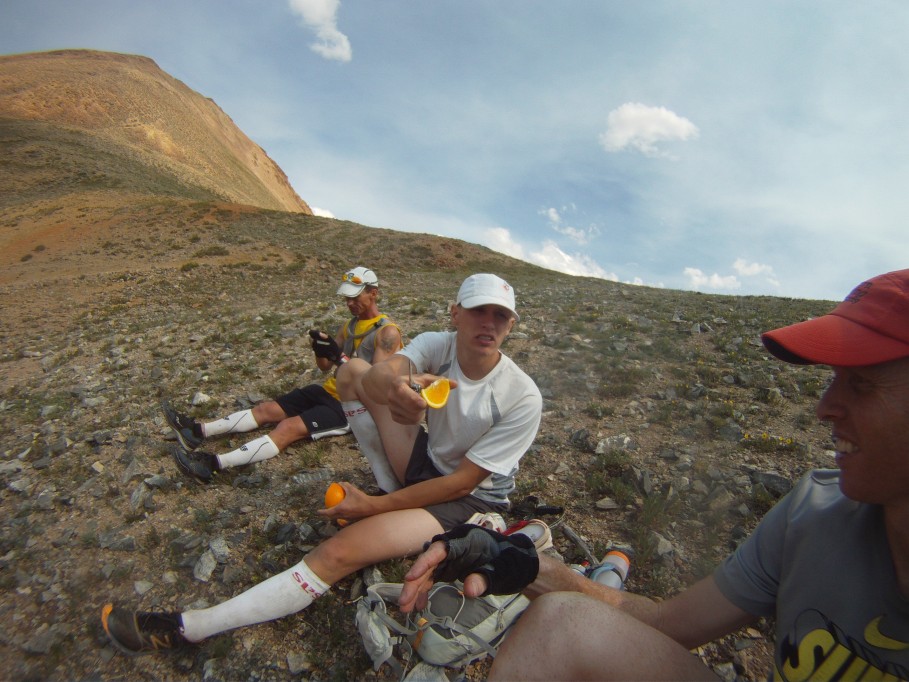
- Atop Hope Pass; 12,600ft, with my buddies Jeremy and Kurt on a recent training run in Leadville Colorado
Final Thoughts:
Endurance training is an adventure into our own physiology. Each of us had different challenges to overcome. My personal adventure has brought me to this very fascinating place where science and technology fuse with my daily exercise into moving meditation. I hope you gleam some insight from this article and find some of this information useful. Good luck with your training and much luck your next endurance event!
Jerry Armstrong; aka EnduranceJer
P.S. Hypoxico Altitude Systems extends to you, the reader, a 10% discount on all products and services by using the “JERRY” coupon during online purchases. Run long and prosper!

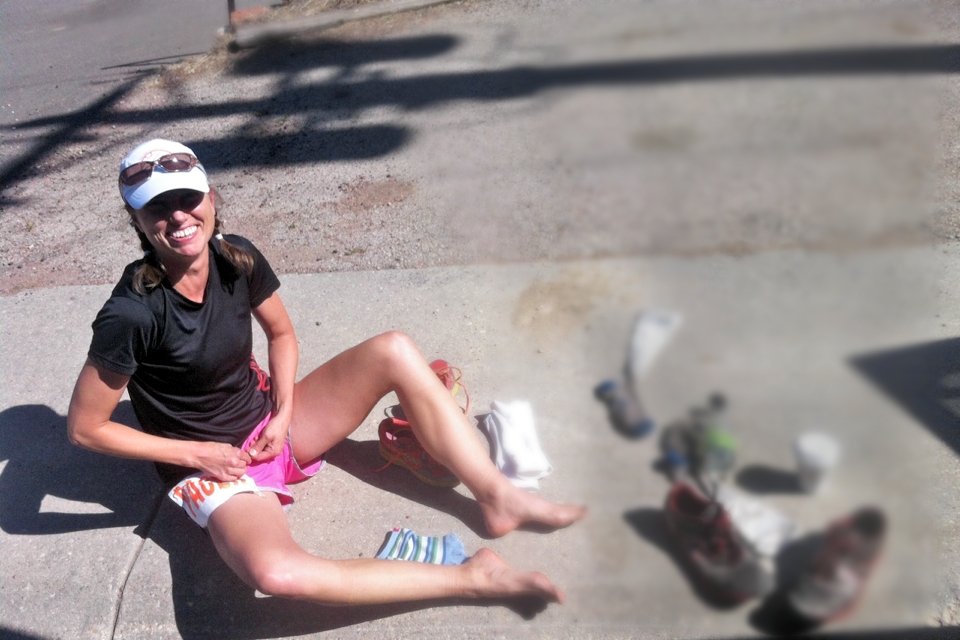
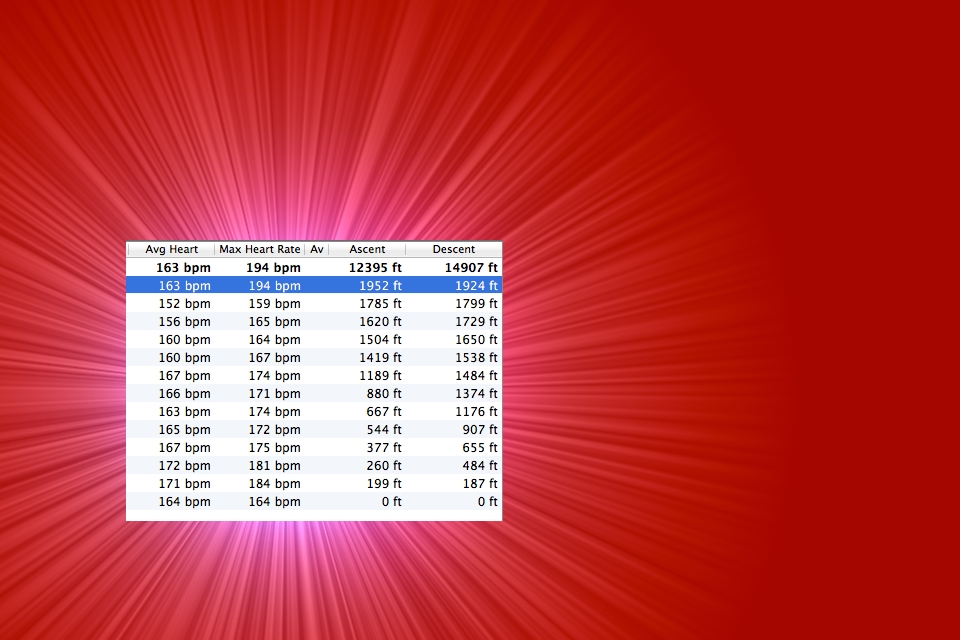

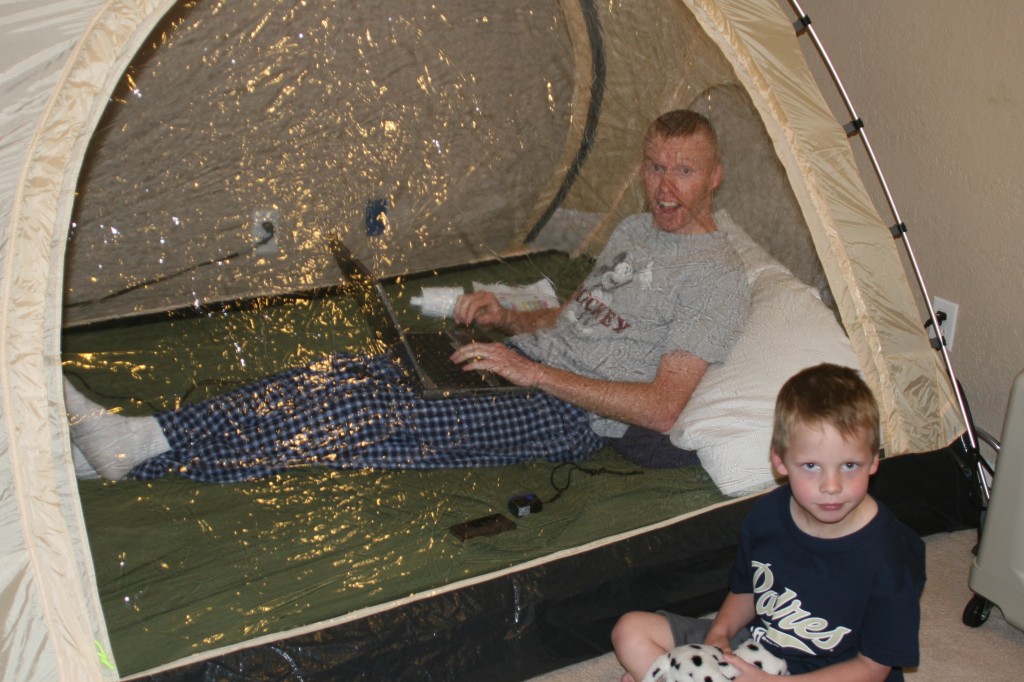
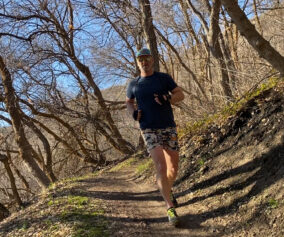
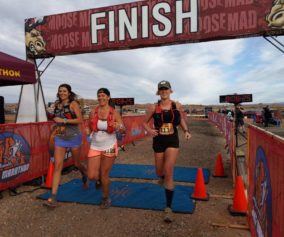
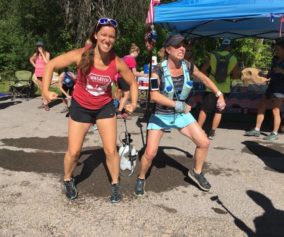
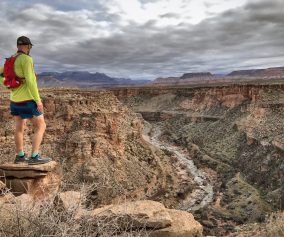





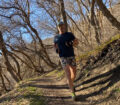

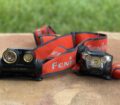
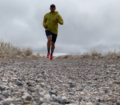

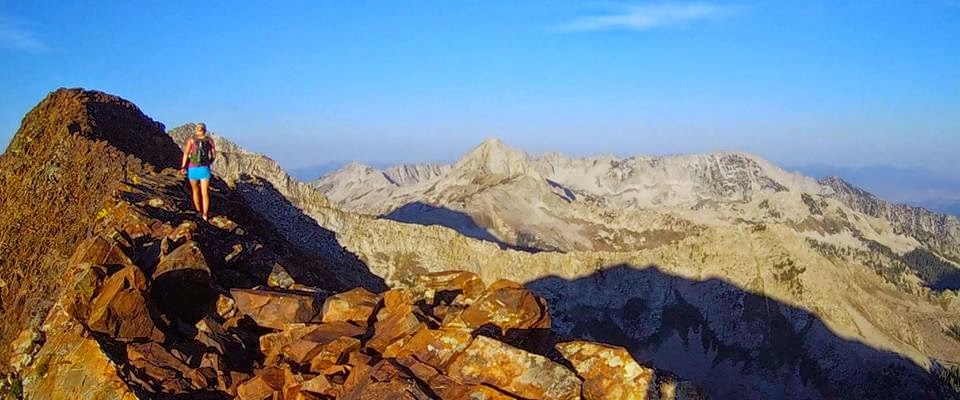
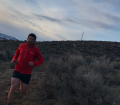
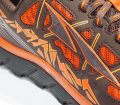
Kool stuff Jerry. I’m going to get blood work concerning the iron tomorrow. I believe I’ve been low on iron and hope to find out more.
Also, you know that comparing your tent apparatus to the size of R2D2 is really really funny!
lol! Thanks Mark 🙂 (I think R2D2 is larger)
I just designed a supplement product with a series of doctors in the Denver area that is designed to accelerate the process of acclimatization. It invokes the three biological adaptations the body undergoes in response to the high altitude environment: increased hemoglobin production, increased chemoreceptor activity in the lungs, and increased 2,3 DPG production. The product is coming out in 2-3 months and is called Mountain Might. It is completely safe and legal I will let you know via email when the product comes out and give you a free sample. Also, check out my blog post about “pre-acclimatizing” your body. http://MountainMight.com/pre-acclimatize-high-altitude/
Thanks Jason.. interesting! I’ll wait to hear from you. Jerry